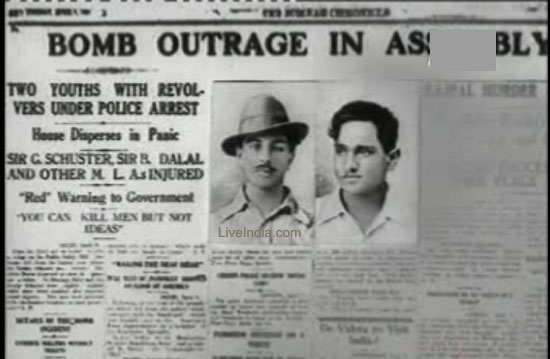A slightly edited version of this was first published on Helter Skelter Magazine
The baleful influence of colonialism on the psyche of the
colonised is a topic much written upon. From Edward Said to Ashish Nandy to
Gandhi, the way our minds have been colonised has been discussed, dissected and
lamented. To use Pavan K Verma’s analogy, from his brilliant Becoming
Indian, the Raj caused “an entire nation and its people became the
object of an external curiosity, brown fish swimming around in a bowl held in
white hands”. (P.S: By ‘Raj’ I mean British rule and not Shahrukh Khan’s NRI films
which is a topic for another day)
In spite of this intense scrutiny, though, one area where
the colonial project has wrought the greatest destruction has, by and large,
escaped the notice of our intellectuals. I talk of the invasion of pants,
ladies and gentlemen (but mostly gentlemen) and the concurrent death of the
lungi.
Ah, yes the humble lungi. Think about when you last read
that term in print. ‘Never’ would be the answer, I’m guessing; unless of course
you’re reading this in Bangladesh in which case, never mind. Think about the
last time you went to office and saw a colleague presenting this quarter’s financials
in a beautiful bottle-green, checked lungi. I’ve worked in three organisation
and all we wear are pants, pants and more pants. No lungi, ever. Not even on
(so-called) casual Fridays.
Which is a shame.
It’s a shame ladies and gentlemen (but mostly gentlemen)
because nothing epitomises ‘casual’ than a free-flowing lungi. For the
uninitiated, the lungi is a simple garment: basically a sarong, it’s a tube of
fabric wrapped around the waist. All you need to do is slip into it, gracefully
like a mermaid, tie a knot around your waist and you’re good to go. That’s it. There
are no cumbersome buttons, no belts to search frantically for in the mornings
and, most important of all, nothing which can lop your
man-parts off if you aren’t careful while zipping up. It’s really amazing how,
when you have a whole waist to put your zipper (with jagged metal teeth,
perfect for trapping and cutting flesh), trouser makers put them right where
they could potentially end it all. I’m not Khomeini fan, but you know, this
does rather reek of Great Satan behaviour.
Of course, safety and ease of wear is just the beginning
when it comes to the lungi. The real joy begins once it’s been worn. It is not for nothing that Floyd sang,
“Did they get you to trade your lungis for pants?
Hot ashes for trees?
Hot air for a cool breeze?
Cold comfort for change?
Did you exchange a walk on part in the war for a lead role in a cage?”
Putting on a lungi is well, like, stepping out onto a cushion
of air as nymphs feed you grapes one-by-one and a harp plays itself magically
in the background. It is comfort which is beautiful, surreal and well...airy.
It’s just science is what it is. Pants are the equivalent of a prison cell for
your boys. You’re putting them into a closed, dank, damp jail. For the entire
day. But that’s not what boys like. Boys like to be free, to frolic and to
gambol about. And the lungi let’s them do just that. The garment breaks the artificial
barrier between nature and your boys. It airs you out, through and through and
allows things to just be themselves. The lungi,
gentlemen, is freedom.
And you know what, we Indians knew this for thousands of
years before pants made their insidious entry and took over our land. Indians
might be divided by language, caste and religion but the lungi unites us all. From
the green rice fields of Bengal to the golden wheat fields of the Punjab, it’s
the lungi all the way. Biharis wear it to work the fields, while Malayalis pair
it up with bright purple silk shirts to bling the shit out of that wedding.
Much like the sari, the lungi is India.
But of course, nowadays we’re too good for it. Too good for
comfort and airiness and being good to ourselves, content to trap our most
beloved possession in polyester cages of our own making, stifling the very life
out them. All we do with the lungi nowadays in make pointless songs about dancing
in it, as if that’s of any help. The horror, the shame, the stupidity of it all
makes me want to scream.
Take my advice, and throw out those sweat pants and those
shorts. Come back from a long day at work and slip into your favourite cotton
lungi and feel the difference as you sip on your adrak
chai. Do it for your boys. Do it for the nation.


